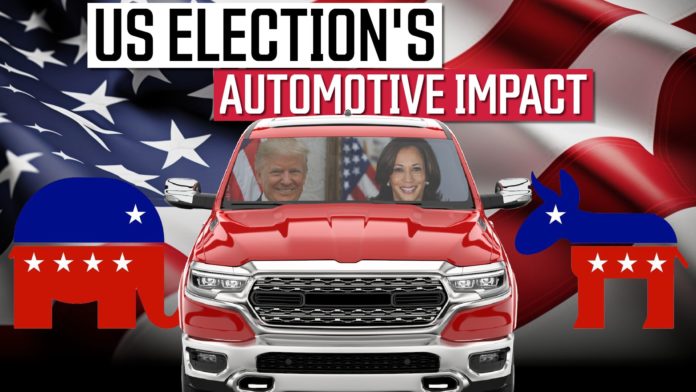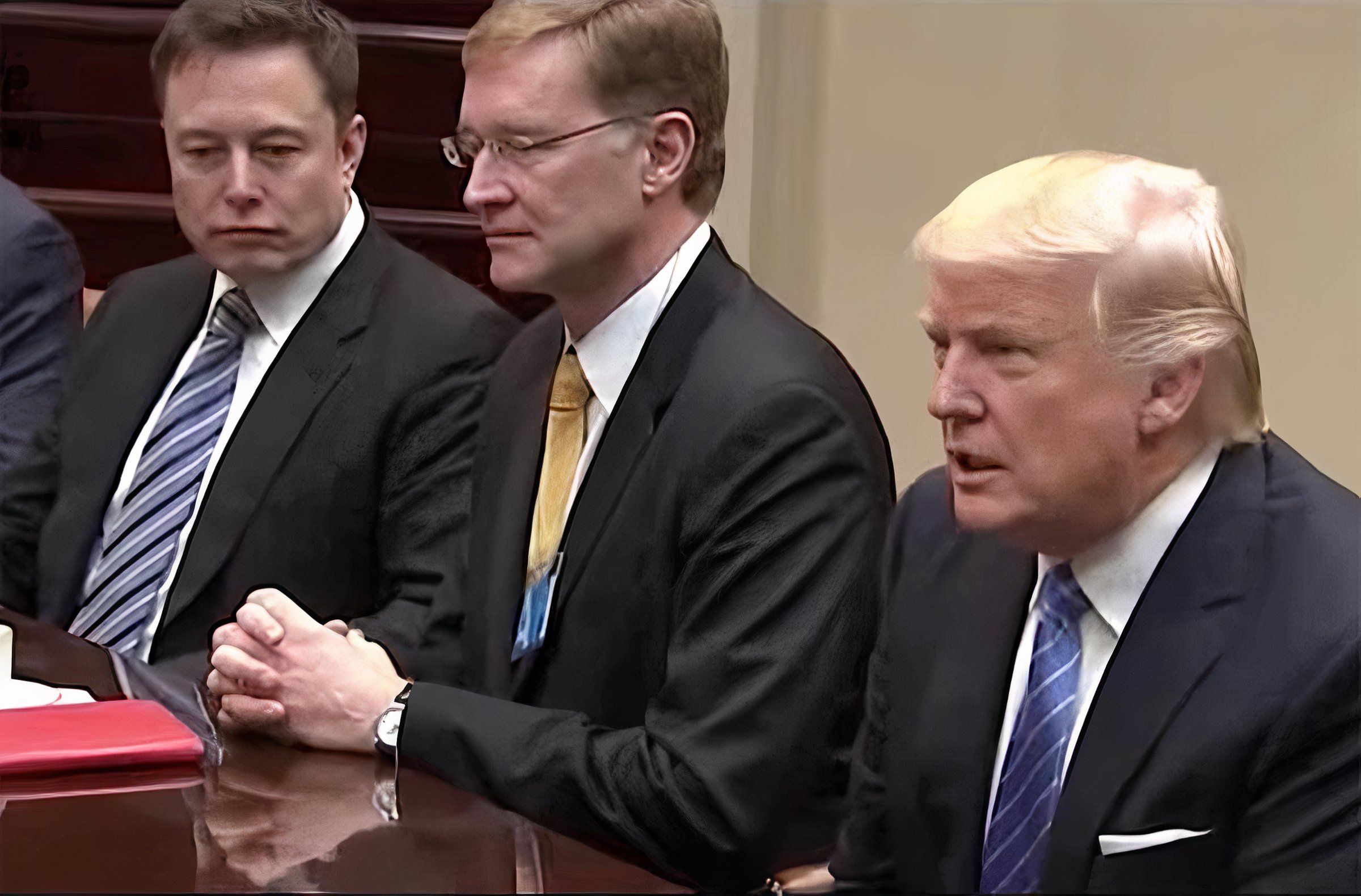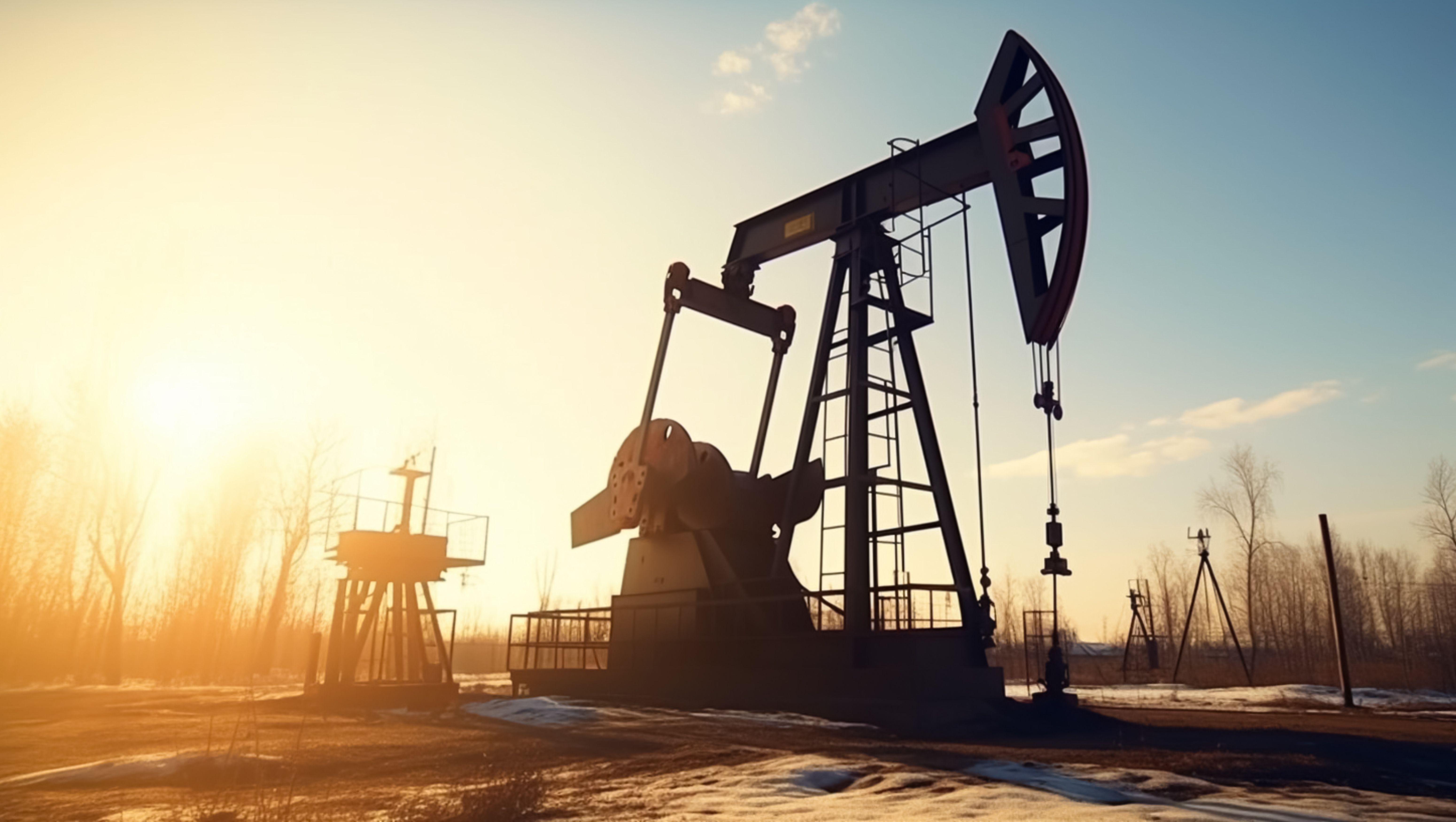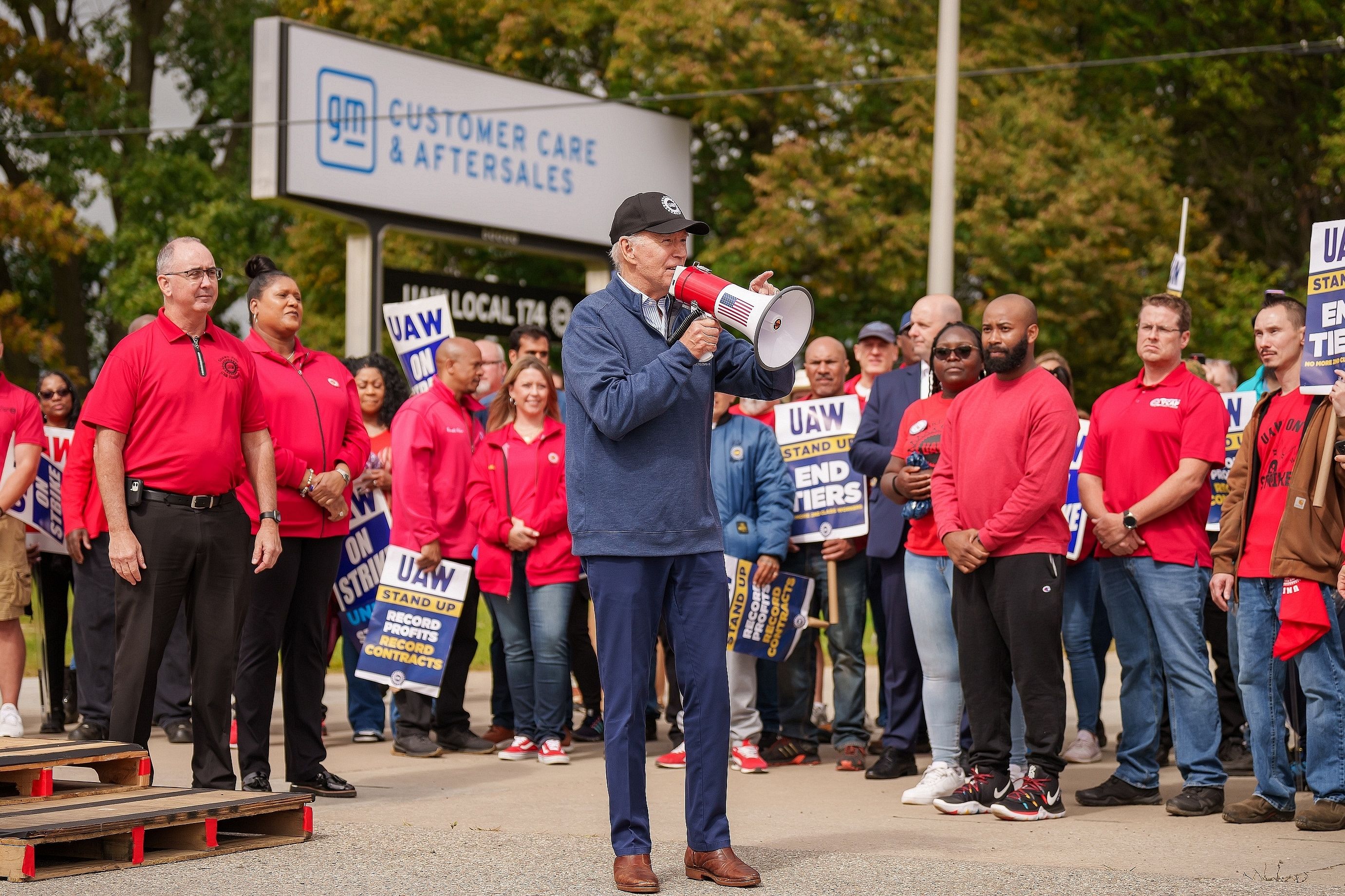The U.S. presidential election has taken an unexpected series of twists and turns over the past month and both the Democratic and Republican nominees are searching for any advantage they can get as the November vote draws close. Both sides are shining a spotlight on the auto industry, hoping to win over both auto workers and auto buyers, especially in a handful of battleground states.
Kamala Harris and Tim Walz, her newly named Democratic nominee for vice president, met with members of the United Auto Workers Union on Thursday evening. They’re hoping to gain an edge in Michigan, one of the states currently seen as too close to call. GOP vice presidential candidate Tim Walz also stopped off in suburban Detroit earlier in the week.
There are significant differences in the automotive policies outlined by Harris and rival Donald Trump on everything from EVs to imports. But there have also been a couple of surprise shifts, the two candidates now coming closer together on at least one key issue: battery-electric vehicles.
CarBuzz, its writers, editors, and owners have no affiliation with any political entity or party. The CarBuzz team comprises members with a variety of differing political and social views. This article does not support either side of the current political landscape and serves only to collate the stances of the two presidential candidates and the potential ramifications on the auto industry.
EVs A Core Element Of The Discussion
Like her current boss Joe Biden, Vice President Harris has been a big proponent of EVs. The administration has enacted several pieces of legislation providing funds for a nationwide public charging network, as well as sales incentives. And new regulations passed earlier this year would require nearly two-thirds of the new vehicles sold in the U.S. by 2032 to be all-electric.
“[The goal is] to make electric vehicles accessible for everyone […] Absolutely make it accessible for everyone and easy. Just like filling up your car with gas.”
– Kamala Harris, United States Vice President and Democratic Presidential Candidate
For his part, Trump was harshly critical of EVs, sales mandates in particular, and has scoffed at the idea of using government funds for a charging infrastructure. At a June campaign appearance, the billionaire claimed battery vehicles are too heavy for U.S. roads, insisting “they have to fix every bridge in the US to handle the weight.”
But then, during an August 4 rally in Georgia Trump seemingly reversed course, declaring EVs “incredible,” and himself “totally” for them.
Financial Backing May Sway EV Infrastructure Policies
This year’s election will see spending on campaign ads hit record levels. Through the beginning of May 2024, approximately $3.9 billion has been spent by or for the candidates, according to USAFacts.org. Candidates have to be well aware of where that money is coming from. And Trump candidly acknowledged that $180 million will be spent on his behalf by Tesla CEO Elon Musk.
“I’m for electric cars. I have to be because, you know, Elon endorsed me very strongly. So I have no choice.”
– Donald Trump to rally-goers in Georgia
Despite his sudden love for EVs, Trump made it clear he still opposes sales mandates – which he said he would end on “Day 1” of a second term – preferring to let buyers choose. And he dismissed funding public chargers, claiming it would cost the government exorbitant amounts, although the figures he’s quoted have changed from rally to rally, reporting $5 trillion in North Carolina on July 24, $9 trillion in Atlanta on August 3, and $12 trillion at the Bitcoin Conference in late July.
Although no such mandate officially exists, the Biden administration has been largely for the phasing-out of combustion-only vehicles by 2035. For its part, the Biden administration set aside a comparatively modest $7.5 billion from the Infrastructure Investment and Jobs Act of 2021 (commonly referred to as the Bipartisan Infrastructure Law) for public chargers.
Energy And The Environment: Oil Still A Major Player In US Politics
So far, Harris has hewed close to the policies on energy and the environment staked out by Biden. That’s starkly different from what was seen during Trump’s term in the White House – and far beyond just EVs.
As president, Trump tried to roll back the Corporate Average Fuel Economy, or CAFE, mandates enacted during the Obama administration. He also moved to eliminate rules allowing California to set emissions standards tougher than those enacted by the EPA. Both moves were stymied in court and dropped when Biden took office. Trump is expected to take similar actions were he re-elected.
In a meeting with fossil fuel industry leaders in May, Trump reportedly said he would roll back a number of rules and regulations. But he also asked for a quid-pro-quo “deal,” according to sources described by several media outlets as “familiar with the meeting” at Mar-a-Lago. He asked for $1 billion in contributions to his campaign. It’s unclear if that has happened.
While Trump has been the more outspoken in favor of fossil fuels, the Biden administration has emphasized its role in improving America’s “energy independence.” Preliminary figures from the U.S. Energy Information Administration show U.S. oil fields set a new record, pumping 13.4 million barrels during the week ending Aug. 2.
Auto Trade: A Shared Anti-China Sentiment
On the whole, there were few areas where Biden – and VP Harris – differed more from Trump than on trade. The current administration is largely for expanded global trade, while Trump withdrew the US from the Trans-Pacific Partnership and renegotiated the North American Free Trade Agreement after taking office.
Yet, there are some areas of agreement. During Trump’s first term as president, he ordered a crackdown on Chinese imports, including automotive parts. Biden took things further by, among other things, quadrupling to 102% the tariffs on Chinese-made EVs. Neither Harris nor Trump are expected to ease up on China going forward. Under Biden, meanwhile, EV incentives were linked to new sourcing rules requiring them to be assembled in the U.S. – or a handful of other friendly countries. The mandates also cover batteries and raw materials like lithium, cobalt, and manganese.
The fox in the hen house here is Musk’s involvement with Trump, as the CEO of Tesla previously spoke out against the heightened tariffs; the extent of his influence on Trump in this regard is unknown, but his stance on the matter can’t be ignored entirely.
“Things that inhibit freedom of exchange or distort the market are not good.”

Related
Donald Trump Wants To See Chinese Cars In America
As long as they’re made in the USA.
Auto Jobs: Pro- vs. Anti-Union
During her rally appearance at UAW Local 900 – representing workers at the Ford River Rouge Plant – Harris outlined a number of positions while noting the auto jobs gains since 2021. This echoed statements from Biden at a UAW event in January 2024:
“In fact, when Donald Trump was in office, six auto factories closed around the country. Tens of thousands of auto jobs were lost nationwide during Trump’s presidency.
During my presidency, we’ve opened 20 auto factories with more to come. We’ve created more than 250,000 auto jobs all across America.”
His statements were largely true of the auto industry as a whole, when factoring in auto and parts dealers. According to the Bureau of Labor Statistics, the losses in auto manufacturing alone were closer to 8,800. Meanwhile, a resurgent, post-COVID market saw U.S. auto manufacturing gain 127,800 jobs through the end of 2023, a figure rising to around 250,000 adding in the retailing side.
What happens in the coming years will depend upon a variety of outside forces, experts agree. Will the Federal Reserve cut interest rates? Will the economy dip into recession? Will the trade war with China escalate? The industry has seen a small number of temporary job cuts in recent months, notably at Stellantis.
On the other hand, there are a number of new manufacturing facilities under construction, including a Hyundai Motor Group EV plant in Georgia and Ford’s Blue Oval City in Tennessee. U.S. EV battery production is expected to grow as much as 20-fold from 2020 to 2030, noted Sam Abuelsamid, principal auto analyst with Guidehouse Insights.
Who – if anyone – will represent those workers is another key area of disagreement. Harris, like Biden, is pro-union and has lent support to the UAW’s drive to organize foreign-owned “transplant” assembly lines. Trump has been a harsh critic of organized labor and that has helped win Harris the auto union’s endorsement.
The Battle Continues
Polls show this has become a very different race from what we saw barely a month ago before Joe Biden abandoned his bid for reelection.
What doesn’t appear to be much different is how Kamala Harris and Donald Trump have positioned themselves on the auto industry – with the exception of Trump’s newly positive view of EVs.
While issues related to the auto industry aren’t likely to move the needle, at least on a national scale, they could play out in some key battleground states, notably Michigan.
Sources:
Bloomberg
,
USA Facts
,
Reuters
,
The Washington Post
,
U.S. Energy Information Administration
,
United States Trade Representative
,
The White House
,
US Bureau of Labor Statistics




